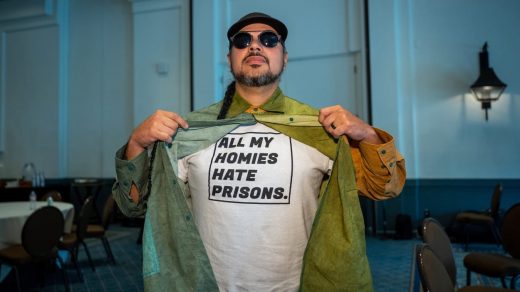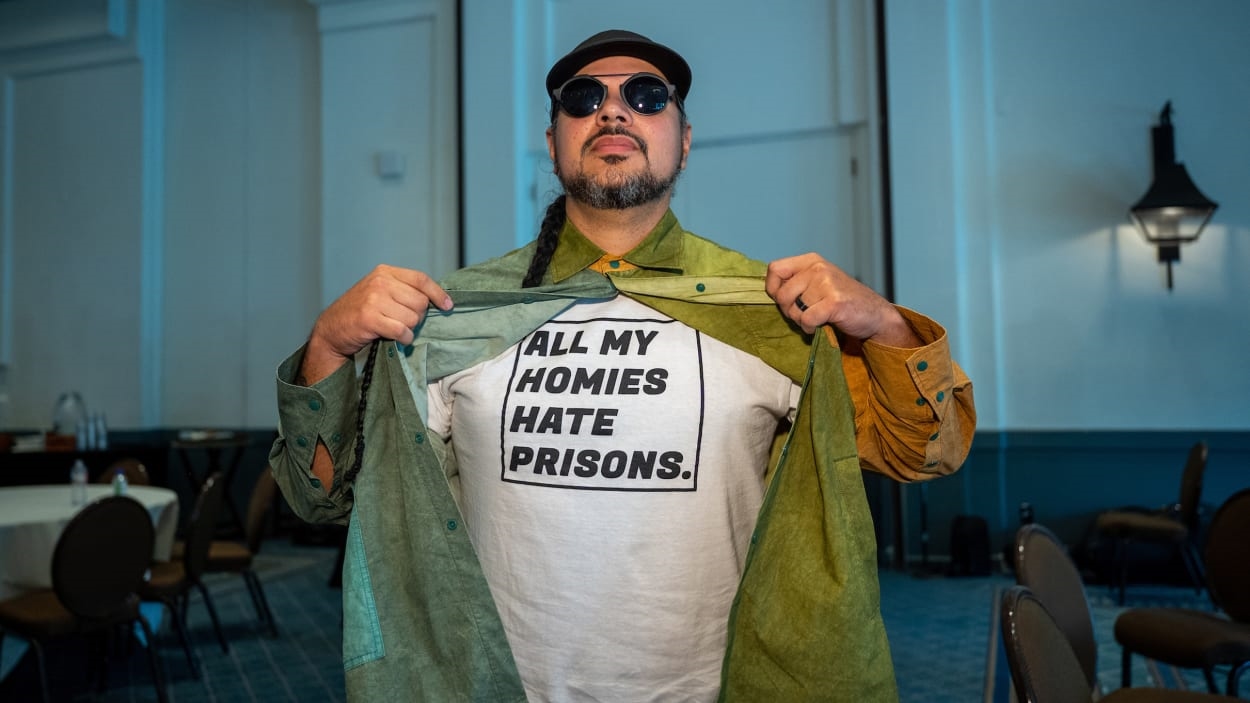Why the Mellon Foundation is spending $125 million to fight the criminal legal system
By Abigail Glasgow
When Rahsaan Thomas met Emily Nonko inside San Quentin prison in October 2018, he had only just scratched the surface of his journalism trajectory. At the time, he was serving a sentence of 55 years to life and had already published eight or so stories about the criminal justice system in with VICE, Outside, Quill Magazine, and The Marshall Project. He didn’t know if he was ever coming home, and the $500 he had acquired from writing was not sufficient should he be granted clemency.
So, when he and Nonko realized they had aligned passions—hers being a commitment to getting incarcerated journalists work published; his a sustainable career as a writer—they teamed up to launch Empowerment Avenue (EA), an organization that partners outside journalists with incarcerated writers to get their work published. “We launched during COVID when reporters couldn’t get in, so they had to rely on our voices,” Thomas shares. “That’s when I feel like they realized, ‘Oh, these guys can write.’”
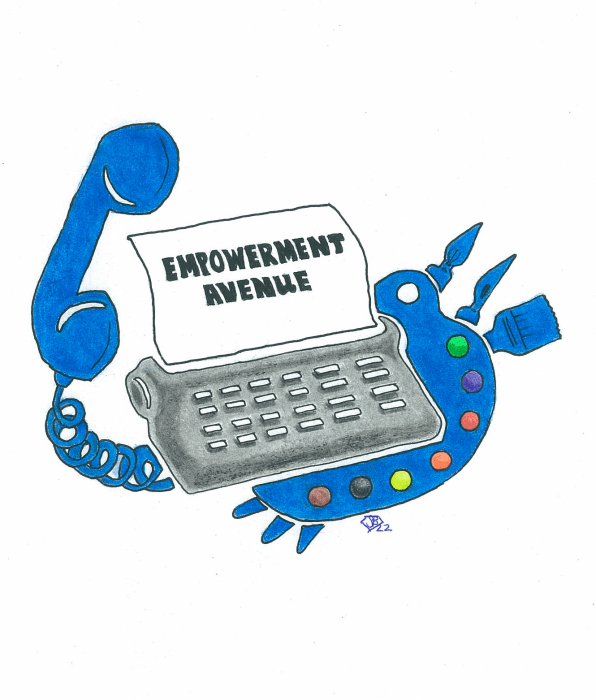
Rahsaan’s eight bylines have now multiplied to over 40, with his savings to date looking more like $30,000 in writing wages. Now in its third year, EA is successfully supporting 30 writers across 24 different state and federal facilities—including folks on death row and an individual in long-term solitary confinement. Since its inception, incarcerated writers have published close to 200 stories in media outlets ranging from Insider and The Washington Post to the L.A. Times and the Boston Globe. “We’re popping up in places where you don’t expect us, and we’re no longer preaching to the choir,” Thomas says. Together, the journalists of EA have mastered what Thomas refers to as a niche: journalism investigating a carceral system that chooses punishment over getting at the root causes of crime, by those who have been trapped by it.
But as EA began to grow in size and aspiration, so did the personal and financial sacrifices of its staff. Which is why the $600,000, three-year grant that came from philanthropic arts organization the Mellon Foundation this past September, according to Thomas, “saved the program.” With Mellon’s support, EA can now pay its staff of three part-time wages and has set aside a pool of money dedicated to the ideas of journalists and artists. Journalists and artists alike have used their paychecks to cover legal fees or purchase cars when released. In a way, EA is, as Thomas puts it, “buying us access to justice.”
Mellon’s funding in support of incarcerated creators is not a one-off initiative. Today, the organization officially announces Imagining Freedom, a $125 million initiative committed to artists, curators, educators, and other creatives directly impacted by incarceration, who are driving lasting change when it comes to the criminal legal system. “In an effort to build just communities, [we] must engage the criminal legal system—one of the most far-reaching, demonstrably inequitable, and, we believe at its core, inhumane structures in our society,” Mellon’s president Elizabeth Alexander says. Since 2020, the foundation, renowned for its large-scale investments in arts and humanities initiatives, has been mapping out what it might look like to significantly invest in efforts to dismantle incarceration (and has, to date, awarded 31 grants totaling $41 million).
Aside from the sheer scale of Imagining Freedom, what sets the initiative apart is its focus on tangible outcomes rather than performative conversation around reform. Intent on normalizing people and communities impacted by incarceration as leaders and cultural contributors, this initiative puts money directly into the pockets of those historically passed over as agents in their own lives and consequently excluded from funding. By centering art in its funding, Imagining Freedom is prioritizing financial and creative autonomy for its grantees in tandem. The former is necessary given the system’s intent on economically repressing communities and individuals impacted by incarceration; the latter integral to rejecting what has been historically ingrained in us as a just system.
For the Rikers Public Memory Project, this looks like realizing the only existing oral history archive of Rikers that focuses specifically on impacted communities—and transferring their 105 narratives to the New York Public Library for open access. “We use public memory to ensure that, on the other side of its closing, we’re reinvesting in these neighborhoods that have been harmed and sucked dry by Rikers,” says cofounder Piper Anderson.
With Mellon’s backing, the organization will spend its fifth year piloting a multimedia exhibit—think: healing workshops, an interactive timeline of Rikers’s history, a memorial quilt—shaped by neighborhoods who continue to carry the weight of Rikers. Anderson shares how it’s been difficult demonstrating (and, for funders, quantifying) the power of narrative-driven work, especially when it comes to those who do not have experience with incarceration. But, “when Mellon came to us,” she says, “it was one of the first times I was able to talk about this work where they got it immediately.”
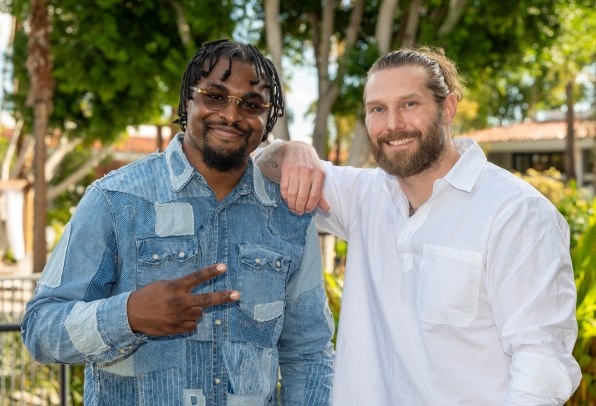
For artist Jesse Krimes, Mellon’s support has and will continue to catalyze his work in furthering the careers of formerly incarcerated artists. Krimes and fellow artist and systems-involved comrade Russell Craig founded the Right of Return Fellowship (ROR) in 2017, the first of its kind granting $20,000 respectively to six formerly incarcerated fellows whose work questions the current existence of our criminal legal system. According to Krimes, ROR has supported 25 of “the country’s most visible formerly incarcerated artists,” some of whom have gone on to receive funding and visibility through the MacArthur Foundation, the Guggenheim, the Pulitzer Prize, the Brooklyn Museum, Creative Capital, and more.
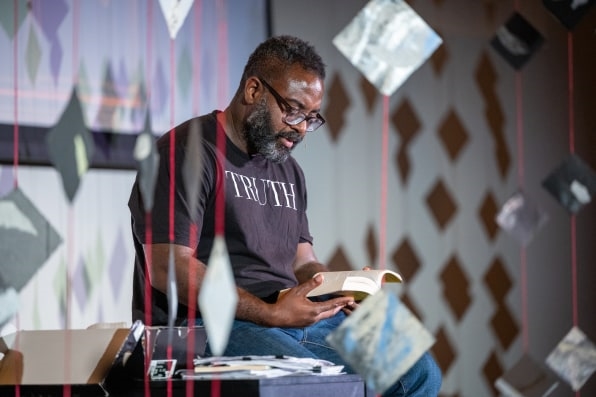
Through ROR, which receives anywhere from 200 to 300 applications annually, Krimes has conceptualized both a residency and an “academy” dedicated to the career development of formerly incarcerated artists. The former will serve as a centralized hub for emerging and established artists to access free studio space, workshops, strategy sessions, and materials on a 25-acre property in Pennsylvania; and the latter is a curriculum, nationally adaptable by way of museum partnerships, that will provide services from mentorship to budgeting. Once fully launched, all three arms will fall under the Center for Art and Advocacy. “The attention we’re currently seeing around mass incarceration could potentially shift,” Krimes shares. “If we’re able to support artists embedded in this work by building a center with a self-sustainable endowment, we can keep the issue front and center—we won’t be dependent on the winds of change.”
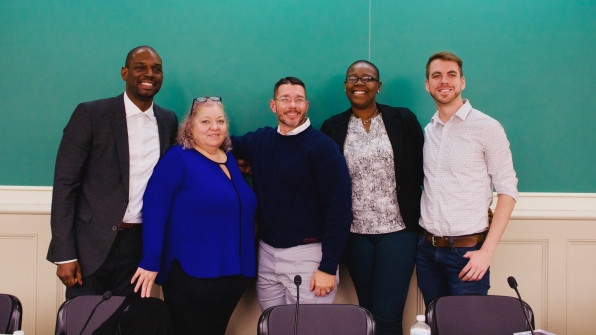
With their announcement today, Mellon has also awarded $2.4 million additional funds to four new organizations, one of which is the Jailhouse Lawyers Initiative (JLI). Housed at NYU Law’s Bernstein Institute for Human Rights, JLI is “building a national network of over 500 incarcerated justice advocates who understand, use, and shape the law to seek justice for themselves and their incarcerated community members,” says founder Jhody Polk. Made possible by Mellon’s latest grant, JLI will launch Flashlights, a digital archive project comprising letters, poems, and art by inside advocates in partnership with the nonprofit Zealous. Other recipients include the Formerly Incarcerated College Graduates, Interrupting Criminalization, and Study and Struggle.
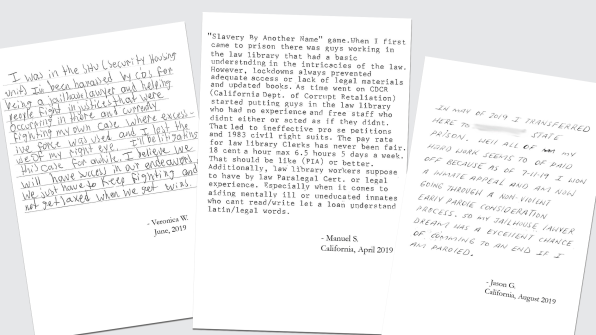
Mellon’s Imagining Freedom underscores our civic responsibility to dismantle a vicious system—one that disproportionately targets people for their race (Black people make up 13% of the U.S. population but account for 38% of jail and prison populations), gender, and socioeconomic status while, for example, requiring more than $500,000 to incarcerate one person annually in New York City. Reinvesting that money into the Rahsaan Thomases, Jesse Krimeses, Rikers Public Memory Projects, and Jailhouse Lawyer Initiatives prioritizes equity and healing over oppression and punishment. And, ultimately, it makes way for directly impacted communities to take the reins they have deserved from day one. “We don’t have to wait for the system to change itself,” Thomas shares. “We can get cracking right now.”
As of February 8, Thomas has been released from prison. He attributes a big push for clemency from outside advocates to his Empowerment Avenue community.
(20)

